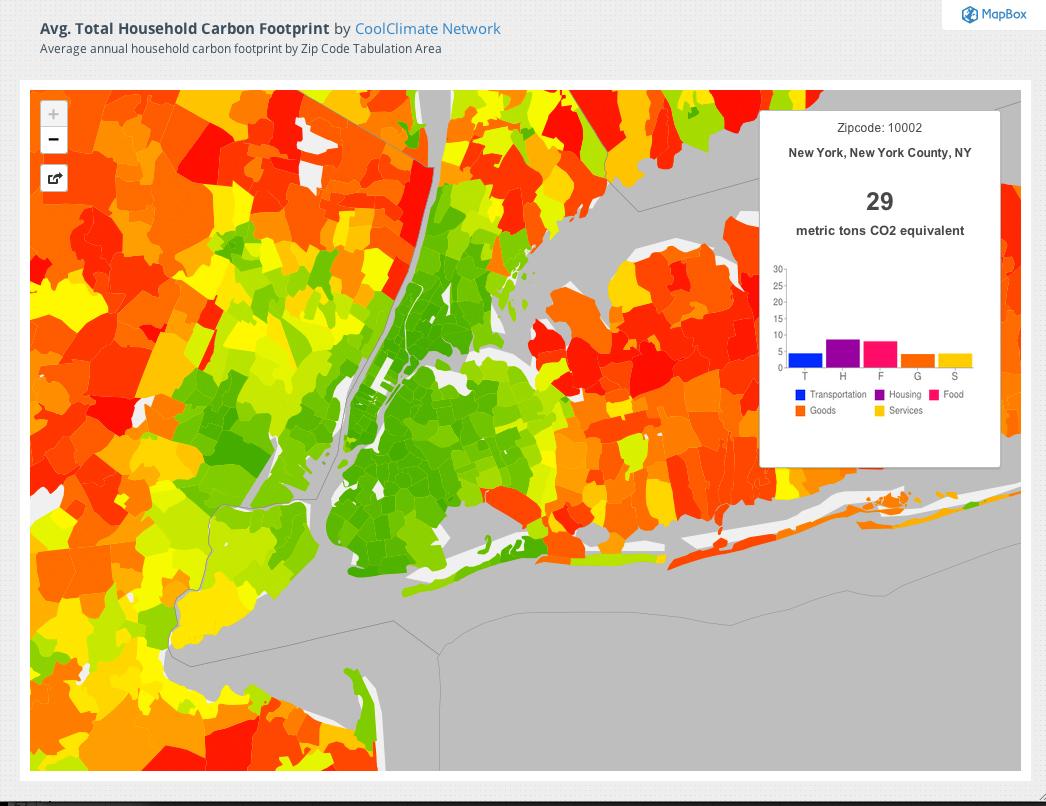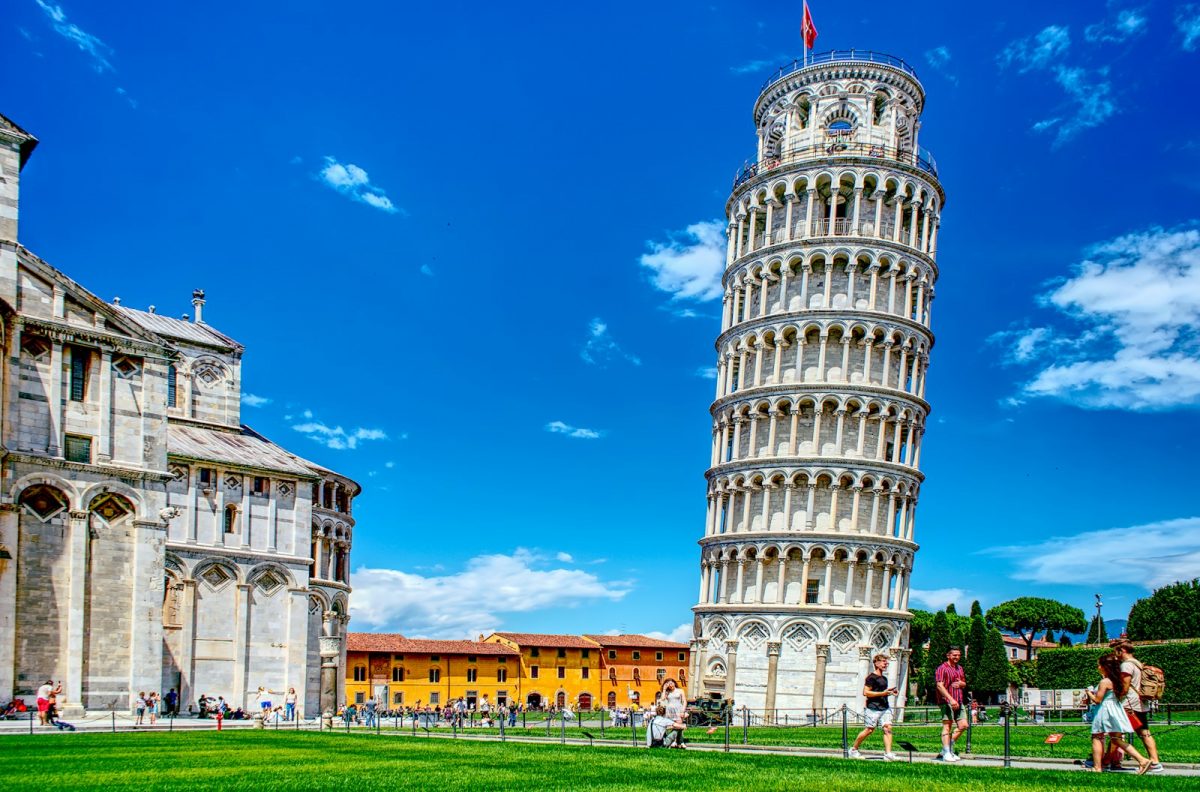It may seem contradictory – but it’s true. Increased density leads to lower C02 emissions per capita, as demonstrated from studies conducted from various sources. Population-dense cities, such as New York, produce less emissions in their dense, urban core, compared to the outer suburbs.
One study, conducted by UC Berkeley researchers, found out that denser cities contribute less emissions per capita, using local census data, and 37 other variables throughout the study. In the carbon footprint map released by the researchers, there is a striking contrast between the low-carbon, dense urban centers and the high emissions suburbs.
“Metropolitan areas look like carbon footprint hurricanes, with dark green, low-carbon urban cores surrounded by red, high-carbon suburbs,” said Christopher Jones
This has also been proven correct in another study. According to a study by Zhi Liu and Andrew Salzberg on the development of low-carbon cities, there is a positive correlation between population density and lower transportation emissions. (Image above) This can be attributed to a variety of factors, including denser cities’ lower reliance on vehicles and robust public transportation systems. Lower- to medium-density cities, such as Alanta and Las Vagas, will experience a greater increase in carbon emissions due to a lack of public transportation and walkability, both of which are enabled by density.
Surburban areas rely on more polluting energy sources, such as natural gas, to provide power. The sprawling nature of the suburbs makes it virtually impossible to walk, with most residents having to rely on cars.
Sprawl is a problem for cities, as city governments will invest in car-centric infrastructure and maintain car-centric policies such as Euclidean zoning (the separation of areas for one use) and increasing sprawling development.
How can we fix this?
Zoning reform, green infrastructure investments, and public transit expansion can all contribute to a city with lower emissions. These reforms can be adapted to fit each city’s needs and wants. Zoning reform will allow for greater density, allowing for more walkable spaces and reducing sprawl. Green infrastructure and public transit will give commuters more options in terms of how they can travel and get to work.
Governments can:
Encourage Mixed-Use Development: Encourage the development of mixed-use neighborhoods where residential, commercial, and office space is provided. These areas allow for greater walkability and reduce car dependency.
Invest in Public Transportation: Improve and expand public transportation infrastructure to provide alternatives to car travel. This includes investing in bus rapid transit systems, light rail, subway networks, and bike paths.
And as for you, you can advocate for these ideas at your county or city board meeting and have your voice heard. Individuals and organizations alike can understand and advocate for carbon-cutting strategies, such as congestion pricing.
Related Stories:
- https://www.researchgate.net/publication/326764784_Developing_Low Carbon_Cities_in_China_Local_Governance_Municipal_Finance_and_Land-Use_Planning-The_Key_Underlying_Drivers
- https://www.nature.com/articles/s41467-019-11184-y
- https://dailyfreepress.com/2015/04/10/researchers-find-correlation-between-population-density-carbon-dioxide-emissions/
- https://news.berkeley.edu/2014/01/06/suburban-sprawl-cancels-carbon-footprint-savings-of-dense-urban-cores
- https://www.sciencedirect.com/science/article/abs/pii/S2214629616301943
Take Action:







